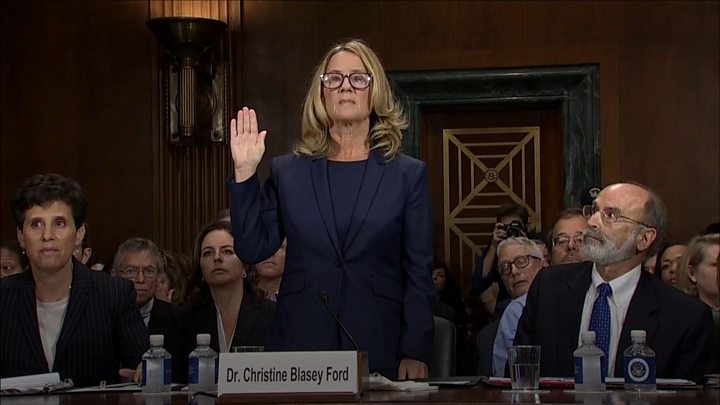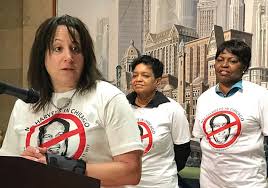
Every person has encountered a survivor of sexual assault, rape, sexual abuse, sexual harassment, intimate partner violence. They are friends and family members, colleagues or acquaintances. More importantly, they are people with stories that illustrate pain, suffering, fear and, silence. Journalist Sheetal Dhir sums this poignantly, “I recently did a straw poll of the women in my life and realised that I know more survivors of sexual assault than I do mothers.” In some families, mine included, every woman has some experience with sexual assault and violence. It’s a reality that we cannot ignore or dismiss; the trauma is intergenerational. More importantly, it’s a fact that still makes men (especially men in power), scratch their head with confusion on what is considered acceptable behavior when interacting with women.
1 in 3 women in the US have experienced some form of contact sexual violence in their lifetime. For Black women, around 2 of 3 will experience sexual abuse by the age of 18. 2 of 3 incidences will go unreported (only 310 of every 1,000 sexual assaults are reported to police), and for every 1 Black woman that reports, at least 15 do not. When they are reported, more than likely they are not taken seriously; it is a common erroneous comparison for many survivors of sexual violence.
Victim-blaming, intimidation, threat of employment termination, literaldenial of a memory of the assault happening. The rage many women felt when Dr. Christine Blasey Ford gave her testimony, in front of a panel of mostly white men hidden behind a woman prosecutor (for what is assumed to be a way to not make an ass of themselves in front of a sexual assault survivor in the age of the #MeToo Movement), was an acknowledgement that all women, all survivors have gone through the traumatization of their assault, and then the re-traumatization of not being believed. And for the response, the questioning of her memory, Dr. Ford gave a succinct but unbreakable response that only a professional in the field of psychology could; the neurotransmitter epinephrine, she replied, “Codes memories into the hippocampus, and so the trauma-related experience is locked there, whereas other details kind of drift.”

Memory remains clear-cut when we experience trauma. It flashes through the brain when one feels at their most vulnerable. It’s why women can remember their assault even years later when they move on. It’s why girls can remember their abuse when they were young children. It’s why Anita Hill faced a panel of 14 very skeptical white men, and was able to recount what then-nominee Clarence Thomas put her through.
The utter disbelief she endured by such men who thought that engaging in overtly sexual conversations in front of and directly to female colleagues, was not such a big deal. Considering that some of those same skeptical men were presiding over Dr. Ford’s testimony, albeit skulking behind the words of a female prosecutor, makes it more apparent that men have not learned a damn thing when it comes to sexual assault.
There’s data and research to prove why women don’t report. Psychologists, like Dr. Ford, can elaborate the fascinating science behind trauma-based memory; there are rape kits to prove it happened; confessions from the accused themselves. Mountains of evidence and personal stories from the survivors who have reported and were treated like whores and attention-seekers, and the ones that feared such a response and never made a sound. Believing the survivor is imperative, because of what they’re giving up just to come forward. We can no longer accept men in places of privilege who are given slaps on the wrists or sycophantic words of encouragement. What we need is punishment for the accused and something as simple as faith in the accuser. It won’t change everything, but it will be a start. It may even break the intergenerational chain of victimization that is passed between mothers and daughters, and teach sons that respect for women, informed consent and care for a woman’s choice, is a goddamn requirement.
Men, step up. We gave you the tools for learning at your disposal, now use them.
![]()
(Photo Credit 1: BBC News) (Photo Credit 2: Bill Snead / The Washington Post) (Photo Credit 3: New York Magazine)

